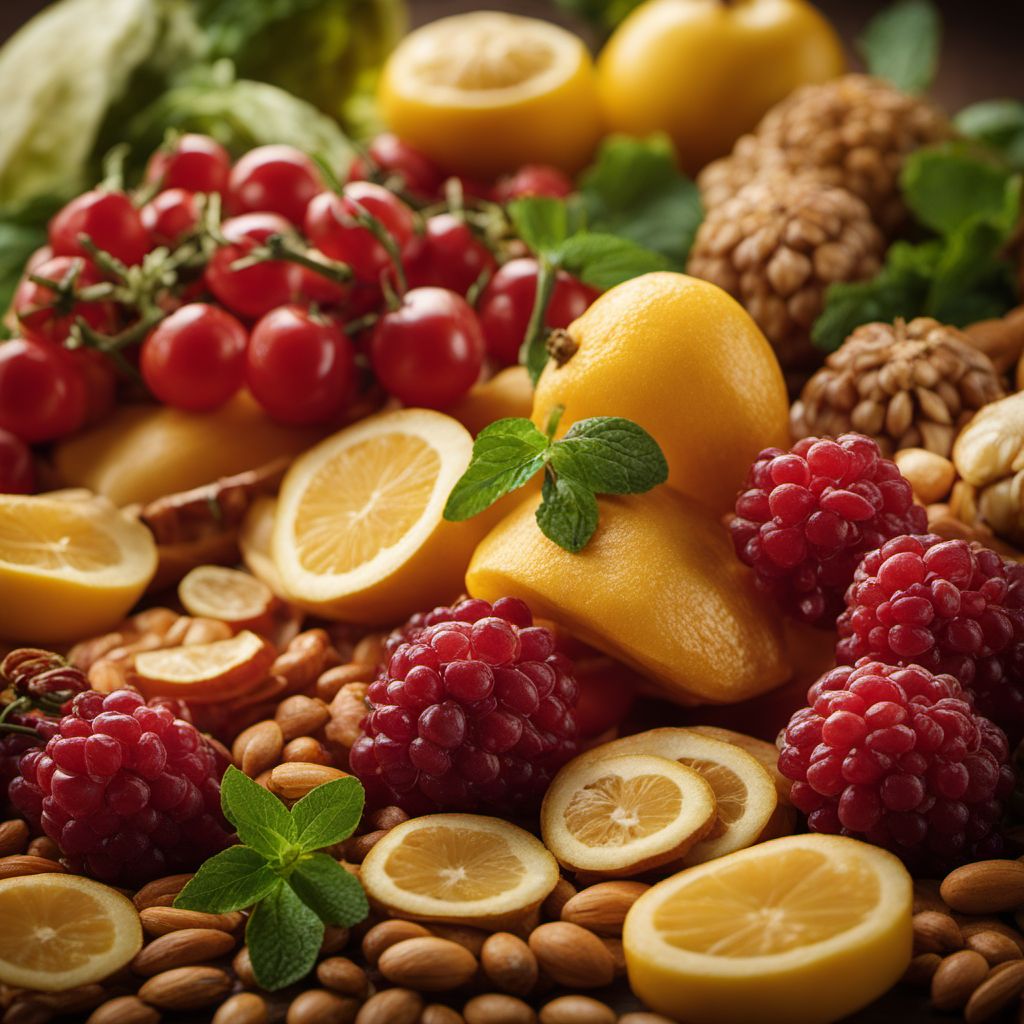
Ingredient
Other pulses
Exploring the World of Pulses
Other pulses refer to a diverse group of legumes that includes lentils, chickpeas, black-eyed peas, and many more. These ingredients are known for their high protein and fiber content, as well as their ability to add texture and flavor to a wide range of dishes. Whether used in soups, stews, salads, or spreads, other pulses are a nutritious and delicious addition to any meal.
Origins and history
Legumes have been cultivated for thousands of years and have played a significant role in the diets of various cultures. Lentils, for example, have been consumed since ancient times and were a staple food in the diets of the Egyptians, Greeks, and Romans. Chickpeas have a similar history, with evidence of their cultivation dating back to 7,000 years ago in the Middle East. Today, other pulses are grown and consumed worldwide, with different varieties being favored in different regions.
Nutritional information
Other pulses are a nutritional powerhouse, providing a good source of plant-based protein, dietary fiber, vitamins, and minerals. They are low in fat and cholesterol and are often used as a meat substitute in vegetarian and vegan diets. Additionally, pulses are rich in antioxidants and have been associated with various health benefits, including improved heart health, blood sugar control, and weight management.
Allergens
There are no known allergens associated with other pulses, but individuals with legume allergies should exercise caution and consult with a healthcare professional if unsure.
How to select
When selecting other pulses, look for dry, intact legumes that are free from cracks, insect damage, or signs of moisture. Avoid any packages that have been torn or damaged. Opt for organic or locally sourced pulses whenever possible to support sustainable farming practices and ensure the highest quality.
Storage recommendations
To maintain the freshness and quality of other pulses, store them in a cool, dry place in airtight containers. Keep them away from moisture, heat, or direct sunlight, as these can cause the legumes to spoil or lose their flavor. Properly stored, other pulses can last for up to a year.
How to produce
Growing other pulses at home is a rewarding experience that allows you to enjoy fresh, flavorful legumes straight from your garden. Most pulses can be grown in a variety of climates, but it's important to choose the right variety for your region. Follow specific planting and care instructions for each pulse to ensure successful cultivation.
Preparation tips
Other pulses can be prepared in a variety of ways, depending on the specific legume. They can be boiled, simmered, or pressure-cooked until tender and then used in soups, stews, curries, or salads. Pulses can also be ground into flour and used to make bread, pasta, or baked goods. Additionally, they can be sprouted to enhance their nutritional value and used in raw preparations such as salads or wraps.
Culinary uses
Other pulses are incredibly versatile and can be used in a wide range of dishes and cuisines. They are commonly used in soups, stews, curries, and salads, adding texture, flavor, and nutritional value. Pulses can also be mashed or pureed to make spreads, dips, or vegetarian patties. Additionally, they are a key ingredient in traditional dishes such as hummus, dal, falafel, and chili.
Availability
Other pulses are cultivated and consumed worldwide. Lentils, for example, are widely grown in Canada, India, and Turkey, while chickpeas are popular in the Middle East, India, and the Mediterranean region. The availability of other pulses may vary depending on the region and local agricultural practices.
More ingredients from this category

Kersting's groundnut (dry seeds)
The Nutty Delight: Exploring the World of Kersting's Groundnut

Mat bean (dry seeds)
The Mighty Mat Bean: A Protein-Packed Legume

Bambara groundnut (dry seeds)
The Hidden Gem of Legumes

Black gram (dry seeds)
The Mighty Black Gram: A Nutrient-Packed Legume

Horse gram (dry seeds)
The Nutritional Powerhouse: Horse Gram

Tepary bean (dry seeds)
The Ancient Bean of the Desert